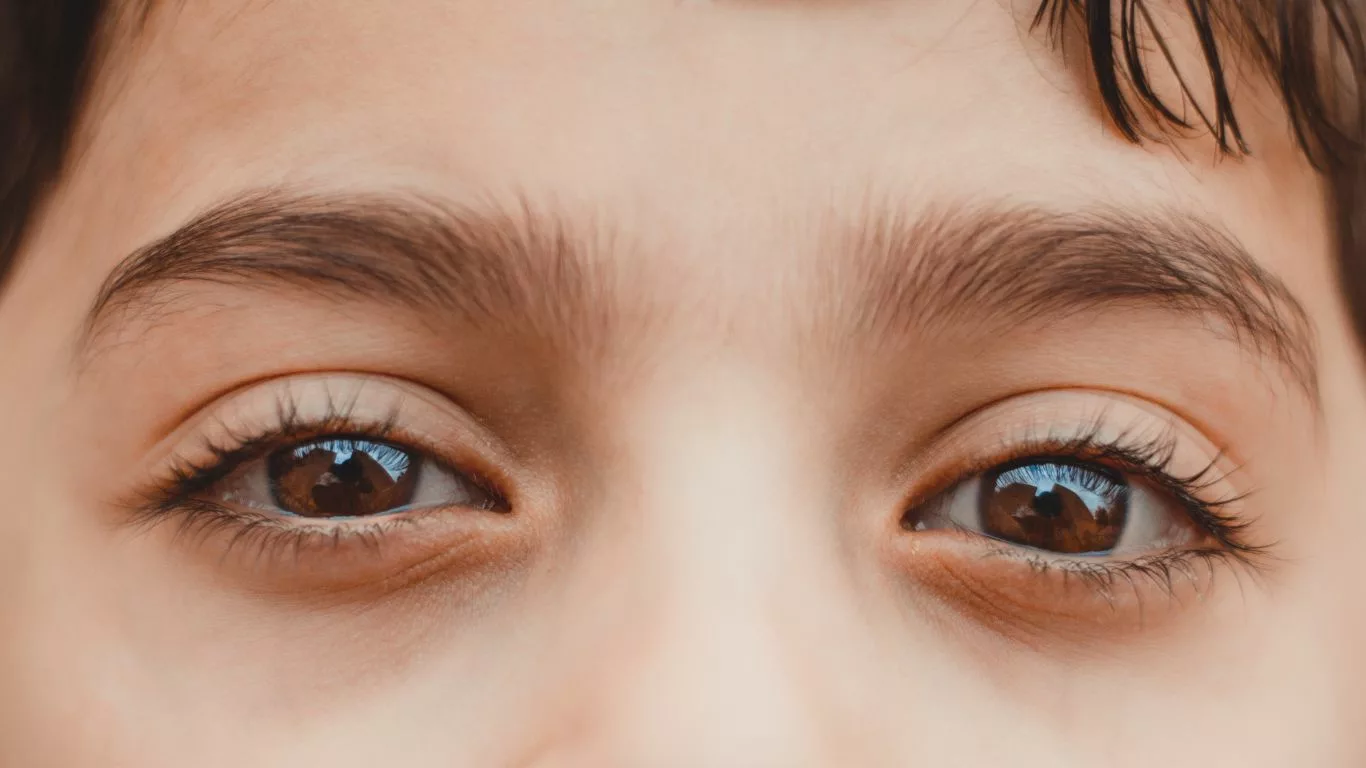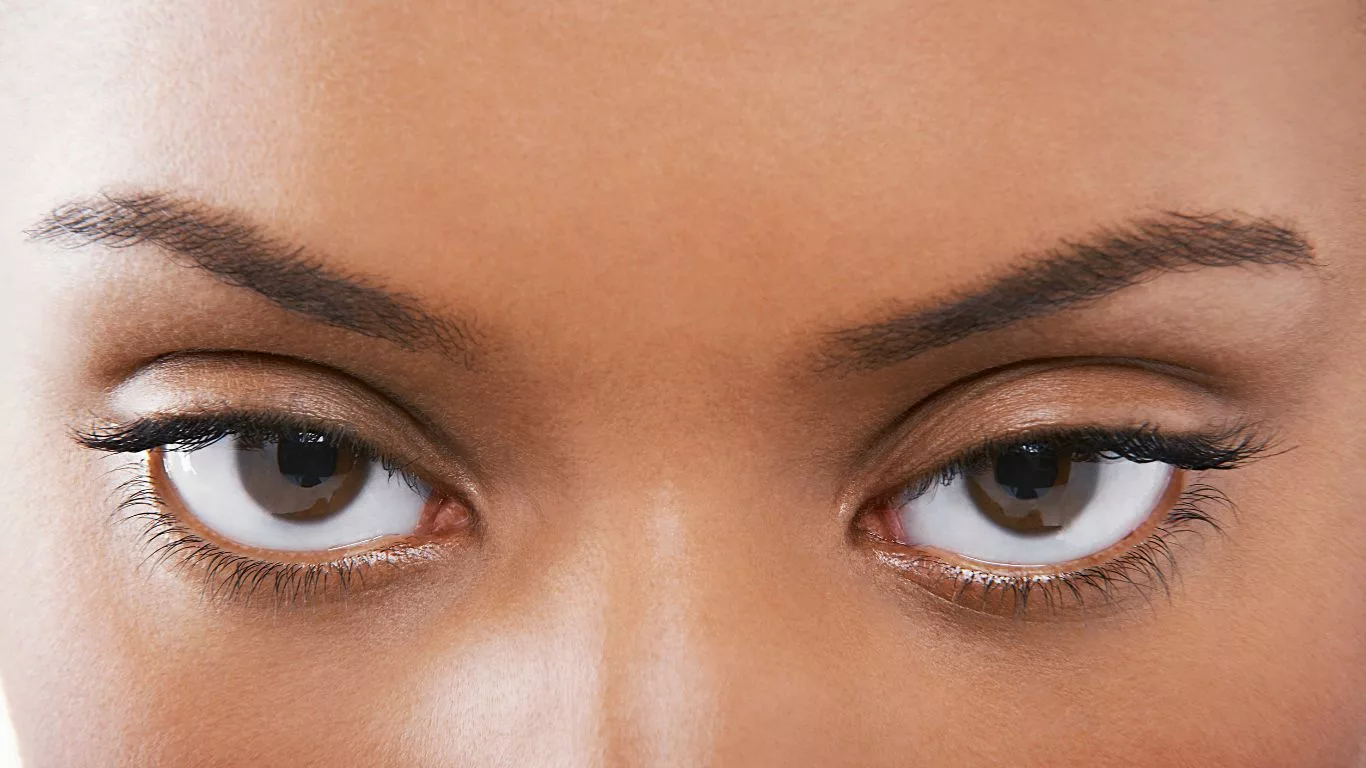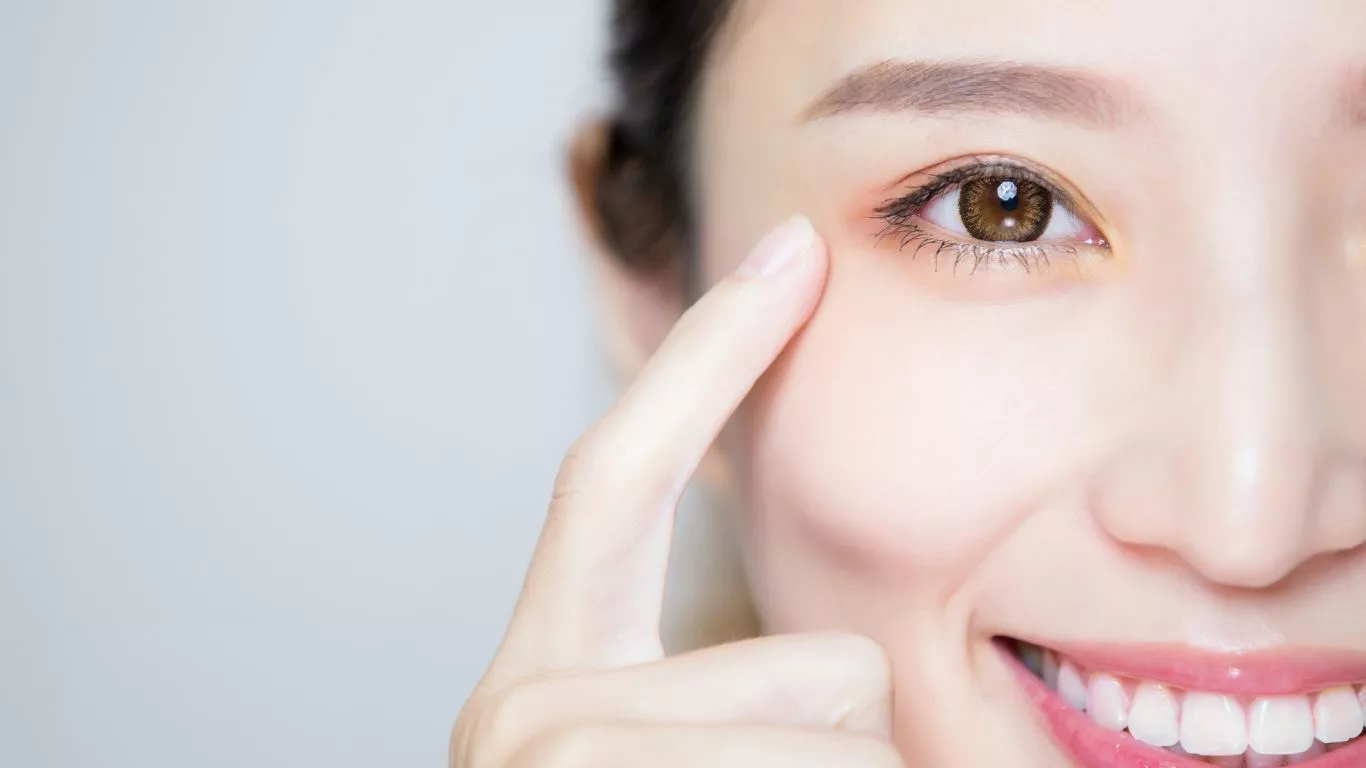Understanding Tension Headaches and Eye Floaters
Explore the relationship between tension headaches and eye floaters, including causes, symptoms, treatment options, and preventive measures.
Tension headaches and eye floaters are two distinct yet occasionally interconnected health concerns that can affect individuals’ daily lives. Understanding their causes and effective management strategies is crucial for those experiencing these discomforts.

What Causes Tension Headaches?
Tension headaches are among the most common type of headache, characterized by a dull, squeezing pain that typically affects the forehead, temples, or the back of the head and neck. These headaches are often linked to muscle tension in the head and neck region, which can result from various factors. One of the primary triggers is stress, which causes muscles to tighten and contract, leading to discomfort and pain. Poor posture, especially when sitting at a desk or using electronic devices for extended periods, can strain the muscles of the neck and scalp, contributing to tension headaches.
Eyestrain from prolonged screen use is another significant trigger. Staring at screens for hours without breaks can cause the eye muscles to become fatigued, leading to tension in the surrounding areas. Additionally, inadequate sleep or irregular sleep patterns can exacerbate muscle tension and increase the likelihood of experiencing tension headaches.
It’s important to note that tension headaches typically do not cause visual disturbances such as blurry vision or sensitivity to light, distinguishing them from migraines. However, the persistent discomfort they bring can significantly impact daily activities and overall well-being.

Understanding Eye Floaters
Eye floaters are small, semi-transparent shapes that appear in a person’s field of vision, often resembling spots, specks, threads, or cobwebs. These floaters are caused by tiny clumps of cells or debris within the vitreous humor, a gel-like substance that fills the interior of the eye. The vitreous humor helps maintain the eye’s round shape and plays a role in transmitting light to the retina.
Floaters are typically harmless and are more noticeable under certain lighting conditions, such as when looking at a bright sky or a white wall. They tend to move as the eyes move and may appear more prominent when staring at a plain background. While most floaters are benign and part of the natural aging process, new or increasing floaters, especially when accompanied by flashes of light or changes in vision, may indicate a retinal tear or detachment, requiring immediate medical attention.

Connection Between Tension Headaches and Eye Floaters
Although tension headaches and eye floaters are distinct conditions, they can sometimes share common triggers and associations. Both conditions may be exacerbated by prolonged periods of stress, which can lead to muscle tension in the head, neck, and eye regions. Individuals who experience frequent tension headaches due to stress may also notice an increase in eye floaters, possibly due to altered blood flow affecting the retina or prolonged periods of eyestrain.
It’s essential for individuals experiencing persistent tension headaches or new onset of eye floaters to consult with healthcare professionals for proper evaluation and management. Addressing underlying stressors, maintaining good posture, practicing relaxation techniques, and ensuring regular eye examinations are key steps in managing both tension headaches and eye floaters effectively.

Managing Tension Headaches and Eye Floaters
Managing tension headaches and eye floaters effectively involves a comprehensive approach that addresses both symptoms and underlying causes. Here’s a detailed exploration of various strategies:
1. Lifestyle Modifications
Tackling tension headaches and eye floaters starts with making positive changes to your daily habits:
- Stress Management: Incorporate relaxation techniques such as deep breathing exercises, mindfulness meditation, or yoga into your daily routine. These practices can help reduce overall stress levels, which may alleviate tension headaches and prevent exacerbation of eye floaters.
- Posture Improvement: Maintain good posture, especially when sitting at a desk or using electronic devices. Ergonomic adjustments to your workstation, including proper chair height and monitor placement, can reduce neck and shoulder strain that contributes to tension headaches and eye discomfort.
- Healthy Sleep Habits: Establish a consistent sleep schedule and aim for 7-9 hours of quality sleep each night. Poor sleep patterns can increase susceptibility to tension headaches and worsen eye floaters due to fatigue and eye strain.
2. Medical Interventions
When lifestyle changes aren’t sufficient, medical interventions can provide relief:
- Over-the-Counter Medications: Non-prescription pain relievers like ibuprofen (Advil, Motrin) or acetaminophen (Tylenol) can effectively alleviate mild to moderate tension headache pain. These medications can also help manage discomfort associated with eye floaters if they cause headache-like symptoms.
- Prescription Medications: In cases of severe or chronic tension headaches, your healthcare provider may prescribe muscle relaxants or tricyclic antidepressants. These medications can help relax muscles, relieve pain, and improve sleep quality, thereby reducing tension headache frequency and severity.
- Eye Care: Regular comprehensive eye exams are essential for monitoring eye health and detecting any underlying conditions that may contribute to eye floaters. Addressing issues such as dry eyes, refractive errors, or retinal concerns can help manage floaters and preserve overall visual health.
3. Preventive Measures
Taking proactive steps can significantly reduce the occurrence and impact of tension headaches and eye floaters:
- Hydration: Drink an adequate amount of water throughout the day to maintain hydration levels, which supports overall health and may reduce headache frequency.
- Eye Protection: Shield your eyes from excessive glare and UV rays by using anti-glare screens on electronic devices and wearing sunglasses outdoors. Minimizing eye strain from bright lights can lessen discomfort associated with eye floaters.
- Routine Exercise: Engage in regular physical activity such as walking, jogging, or swimming to promote circulation, relieve tension, and reduce stress levels. Exercise also encourages restful sleep, which is beneficial for both tension headache management and eye health.

When to Seek Medical Advice
While occasional tension headaches and isolated eye floaters may not necessitate immediate medical attention, certain symptoms warrant prompt consultation with a healthcare professional:
- Severe Headaches: If tension headaches become severe, frequent, or are accompanied by nausea, vomiting, or neurological symptoms like numbness or difficulty speaking, seek medical evaluation promptly.
- Eye Floater Changes: Contact your eye doctor if you notice sudden changes in the size, shape, or number of floaters, or if you experience flashes of light, peripheral vision loss, or a curtain-like shadow over your vision. These symptoms could indicate a retinal tear or detachment, requiring urgent medical attention.
Conclusion
Understanding the relationship between tension headaches and eye floaters involves recognizing shared triggers and implementing effective management strategies. By addressing stress, promoting healthy habits, and seeking timely medical advice, individuals can reduce the frequency and impact of these discomforts, enhancing overall well-being and eye health.
Appendices
References
For further exploration of tension headaches, eye floaters, and related topics, consider reviewing the following resources:
- American Migraine Foundation. (2023). Understanding Tension-Type Headaches. Retrieved from https://americanmigrainefoundation.org/resource-library/tension-type-headache/
- National Eye Institute. (2023). Facts About Floaters. Retrieved from https://www.nei.nih.gov/learn-about-eye-health/eye-conditions-and-diseases/floaters
- Mayo Clinic. (2023). Tension Headache. Retrieved from https://www.mayoclinic.org/diseases-conditions/tension-headache/symptoms-causes/syc-20353977
FAQs
Here are answers to common questions about tension headaches and eye floaters:
- What causes eye floaters? Eye floaters are typically caused by changes in the vitreous, the gel-like substance inside the eye, which may occur due to aging or eye trauma.
- Can tension headaches cause vision problems? Tension headaches usually do not cause vision problems but may contribute to eye strain, which can exacerbate existing vision issues or discomfort.
- When should I see a doctor about my eye floaters? Consult a healthcare professional if you notice a sudden increase in floaters, flashes of light, or a curtain-like shadow over your field of vision, as these may indicate a retinal tear or detachment.
Disclaimer: The information provided in this article is for educational and informational purposes only. It is not intended to be a substitute for professional medical advice, diagnosis, or treatment. Always seek the advice of your physician or other qualified health provider with any questions you may have regarding a medical condition. Never disregard professional medical advice or delay in seeking it because of something you have read in this article. Reliance on any information provided in this article is solely at your own risk.

Camellia Wulansari is a dedicated Medical Assistant at a local clinic and a passionate health writer at Healthusias.com. With years of hands-on experience in patient care and a deep interest in preventive medicine, she bridges the gap between clinical knowledge and accessible health information. Camellia specializes in writing about digestive health, chronic conditions like GERD and hypertension, respiratory issues, and autoimmune diseases, aiming to empower readers with practical, easy-to-understand insights. When she’s not assisting patients or writing, you’ll find her enjoying quiet mornings with coffee and a medical journal in hand—or jamming to her favorite metal band, Lamb of God.






